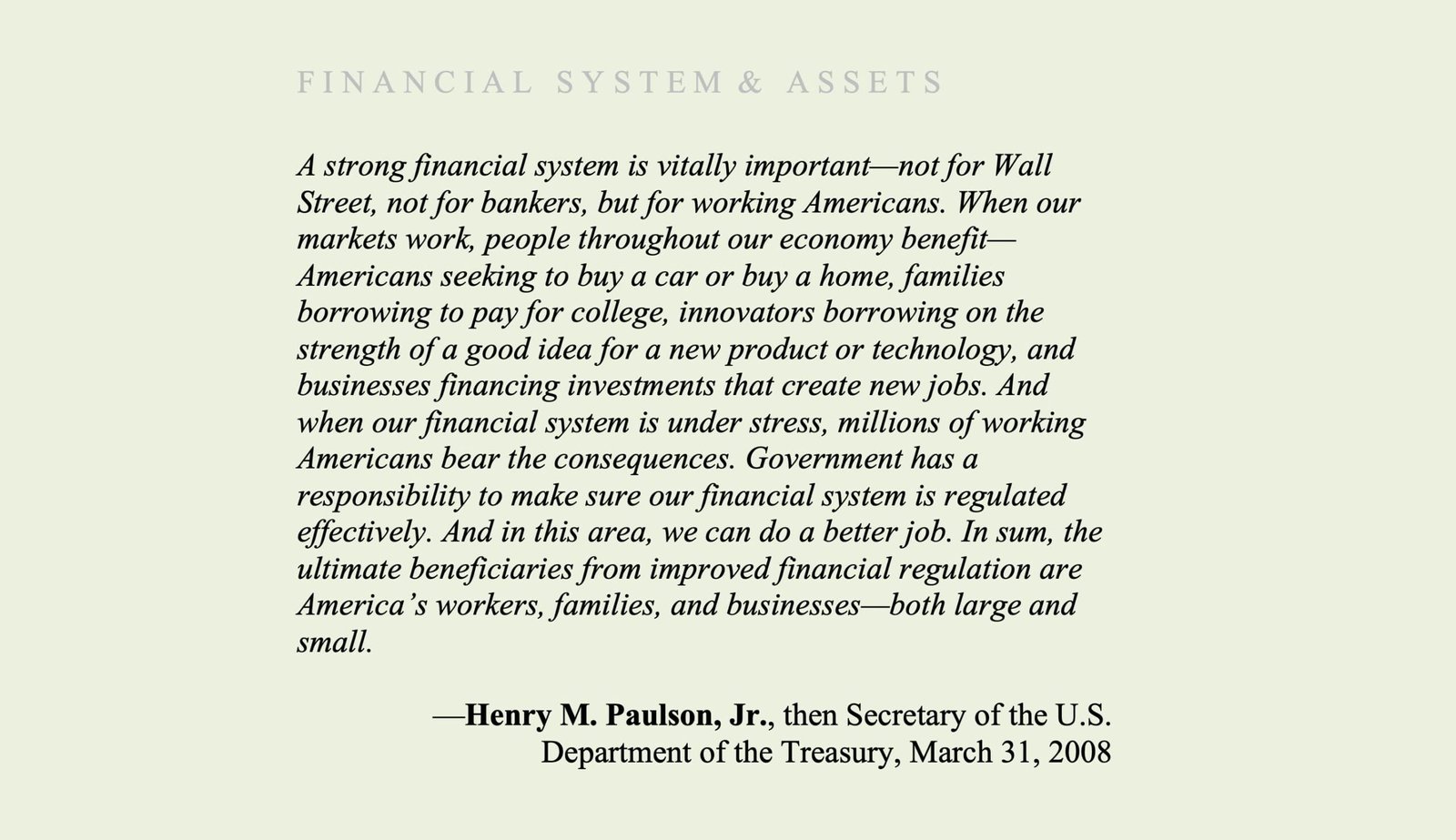Table of Contents
Financial System and Financial Assets
The financial system and financial assets are fundamental components of economic development, facilitating the efficient allocation of resources and capital formation.

Financial System
A country’s financial system consists of entities that help facilitate the flow of funds from those that have funds to invest to those who need funds to invest. Consider if you had to finance a purchase of a home by rounding up enough folks willing to lend to you.
This would be challenging—and a bit awkward. In addition, this would require careful planning—and lots of paperwork—to keep track of the loan contracts, and how much you must repay and to whom. And what about the folks you borrow from? How are they going to evaluate whether they should lend to you and what interest rate they should charge you for the use of their funds?
In lending and investing situations, there is not only the awkwardness of dealing directly with the other party or parties, but there is the problem that one party has a different information set than the other. In other words, there is information asymmetry.
A financial system makes possible a more efficient transfer of funds by mitigating the information asymmetry problem between those with funds to invest and those needing funds. In addition to the lenders and the borrowers, the financial system has three components: (1) financial markets, where transactions take place; (2) financial intermediaries, who facilitate the transactions; and (3) regulators of financial activities, who try to make sure that everyone is playing fair. In this chapter, we look at each of these components and the motivation for their existence. Before we discuss the participants, we need to first discuss financial assets, which represent the borrowings or investments.
Financial Assets
An asset is any resource that we expect to provide future benefits and, hence, has economic value.
We can categorise assets into two types:
- Tangible Assets
- Intangible Assets
(1) Tangible Assets
The value of a tangible asset depends on its physical properties. Buildings, aircraft, land, and machinery are examples of tangible assets, which we often refer to as fixed assets.
(2) Intangible Assets
An intangible asset represents a legal claim to some future economic benefit or benefits. Examples of intangible assets include patents, copyrights, and trademarks. The value of an intangible asset bears no relation to the form, physical or otherwise, in which the claims are recorded.
Financial assets, such as stocks and bonds, are also intangible assets because the future benefits come in the form of a claim to future cash flows.
Financial Instruments
Another term we use for a financial asset is financial instrument. We often refer to certain types of financial instruments as securities, which include stocks and bonds.
For every financial instrument, there is a minimum of two parties. The party that has agreed to make future cash payments is the issuer; the party that owns the financial instrument and therefore the right to receive the payments made by the issuer is the investor.
Why Do We Need Financial Assets?
Financial assets serve two principal functions:
- They allow the transference of funds from those entities that have surplus funds to invest to those who need funds to invest in tangible assets.
- They permit the transference of funds in such a way as to redistribute the unavoidable risk associated with the tangible assets’ cash flow among those seeking and those providing the funds.
However, the claims held by the final wealth holders generally differ from the liabilities issued by those entities because of the activity of entities operating in financial systems—the financial intermediaries—who transform the final liabilities into different financial assets preferred by investors.

